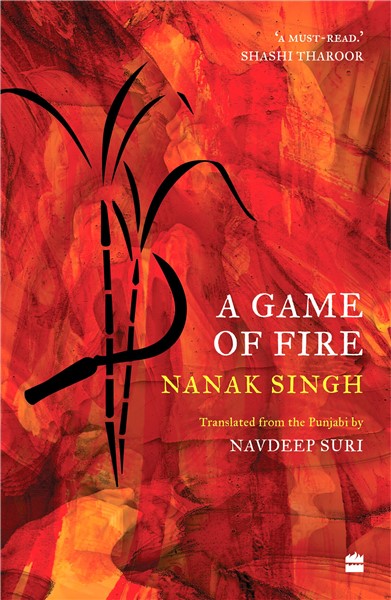A Game of Fire
Availability :
In Stock
₹ 399.20
M.R.P.:₹ 499
You
Save: ₹99.80 (20.00% OFF)
(Inclusive
of all taxes)
Delivery:
₹ 0.00 Delivery charge
Author:
Nanak Singh (tr. Navdeep Suri)
Publisher:
HarperCollins
ISBN-13:
9789356996267
Publishing Year:
2024
No. of Pages:
344
Language:
English
Book Binding:
Paperback











